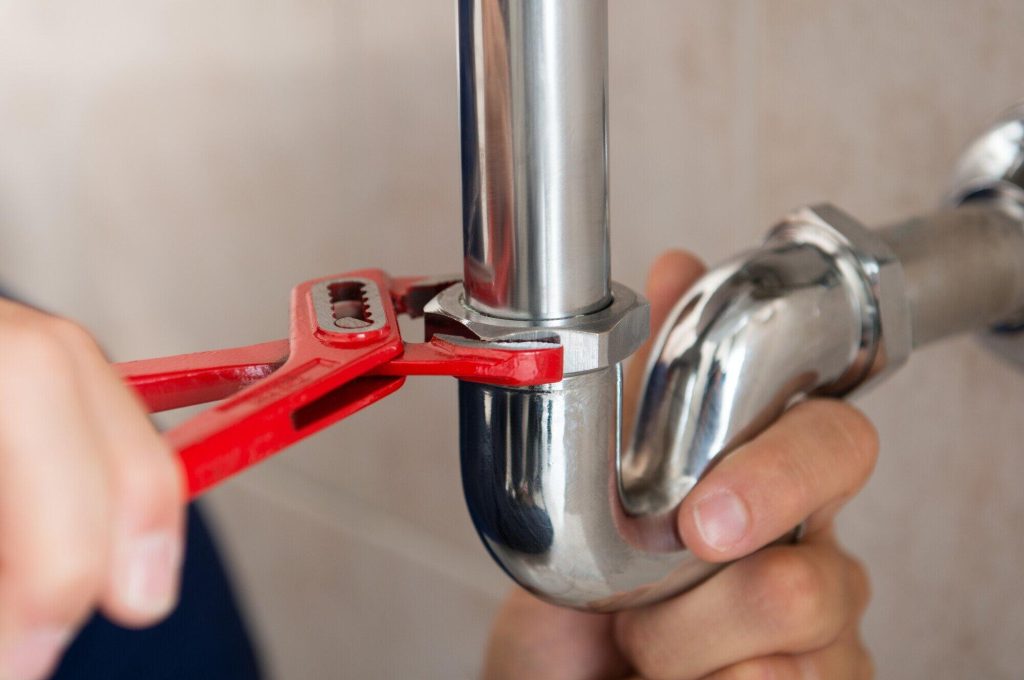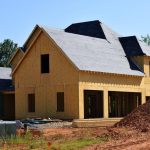Every building tells a story about the way people live, work, and care for the world around them. When a structure is designed with the environment in mind, that story becomes even stronger. Sustainable building is no longer just a trend.
It is a shift toward smarter choices that protect resources and improve daily life. Hidden behind walls and beneath floors, the plumbing system plays a larger role than many people ever notice. If you want to understand how modern buildings stay efficient, safe, and responsible, read on and explore why plumbing matters more than ever.
Why Water Management Shapes Sustainability
Water is one of the most essential parts of any building, and how it is used affects everything from safety to comfort. A sustainable plumbing plan focuses on wasting less and reusing more. This includes systems that deliver clean water quickly while reducing pressure on natural sources.
When water flows where it is needed without excess, it makes the building more balanced and efficient. Thoughtful water management also lowers utility costs and protects the environment over time. It turns a basic system into a responsible one that supports long-term care of resources.
Designing Systems That Use Less Energy
Energy use is another major part of sustainability. Modern plumbing design looks at how systems can transport water using less power. This includes shorter pipe runs, better insulation, and technology that reduces heat loss.
When the entire system uses less energy, the building becomes easier to maintain and more comfortable to live or work in. These changes may seem small, but they create a ripple effect that leads to stronger results over the life of the building.
Choosing Materials That Protect the Environment
The materials used in a plumbing system matter just as much as the design. Sustainable buildings often use long-lasting, recyclable, or low-impact materials. These choices limit harmful chemicals and reduce the need for frequent replacements.
Durable pipes and fittings help prevent leaks, which protects water supply and lowers repair costs. Good material choices also support healthier indoor environments with cleaner air and safer water. Over time, this creates a building that performs well without harming the world around it.
Integrating Systems for Better Efficiency
A sustainable building works best when every system connects smoothly. Water heaters, pumps, and control systems must work together to reduce energy use and improve comfort.
When everything operates as one unit, performance becomes more predictable and stable. Many modern projects now combine plumbing and heating ideas to reach even higher levels of efficiency. This blend of systems helps buildings respond better to changes in use, weather, and daily demands.
Supporting a Greener Future Through Smarter Design
Sustainability is a long promise. It means planning ahead and being open to new ideas and tools. Plumbers help shape that future in an important way.
Their work helps buildings use less, stay strong, and protect the resources people need. With every small change, the field moves closer to a world where saving energy is normal and good design is part of everyday life.
When Every Drop and Detail Matters
Sustainable plumbing is more than pipes and parts. It helps a building work in a healthy and steady way. When water, energy, and materials are used with care, the building becomes safer and kinder to the planet. Every choice made during planning makes a difference. These choices can guide the building toward a cleaner, smarter, and more balanced future.
For more on this content, visit the rest of our blog!







